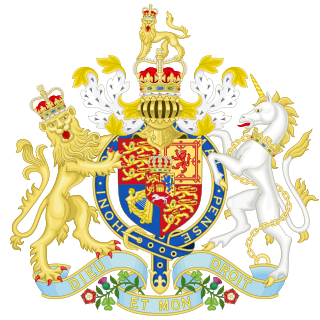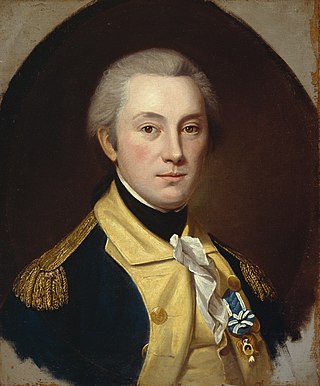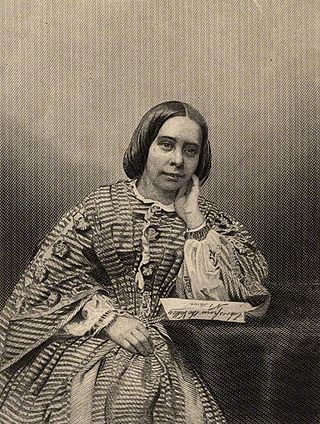Related Research Articles

A Fleet marriage was a common example of an irregular or a clandestine marriage taking place in England before the Marriage Act 1753 came into force on March 25, 1754. Specifically, it was one which took place in London's Fleet Prison or its environs during the 17th and, especially, the early 18th century.
Robert Heron was a Scottish writer.

The General Register Office for England and Wales (GRO) is the section of the United Kingdom HM Passport Office responsible for the civil registration of births, adoptions, marriages, civil partnerships and deaths in England and Wales and for those same events outside the UK if they involve a UK citizen and qualify to be registered in various miscellaneous registers. With a small number of historic exceptions involving military personnel, it does not deal with records of such events occurring within the land or territorial waters of Scotland, Northern Ireland or the Republic of Ireland; those entities' registration systems have always been separate from England and Wales.
Sir Frank Crisp, 1st Baronet, was an English lawyer, microscopist and officer of the Royal Microscopical Society, to which he donated furniture, books, instruments and work on technical publications.

William Beechey was a British portraitist during the golden age of British painting.
A parish register, alternatively known as a parochial register, is a handwritten volume, normally kept in the parish church of an ecclesiastical parish in which certain details of religious ceremonies marking major events such as baptisms, marriages, and burials are recorded. Along with these events, church goods, the parish's business, and notes on various happenings in the parish may also be recorded. These records exist in England because they were required by law and for the purpose of preventing bigamy and consanguineous marriage.

The Solicitor-General for Ireland was the holder of an Irish and then United Kingdom government office. The holder was a deputy to the Attorney-General for Ireland, and advised the Crown on Irish legal matters. On rare occasions, there was also a Deputy Attorney-General, who was distinct from the Solicitor-General. At least two holders of the office, Patrick Barnewall (1534–1550) and Sir Roger Wilbraham (1586–1603), played a leading role in Government, although in Barnewall's case, this may be partly because he, was also King's Serjeant. As with the Solicitor General for England and Wales, the Solicitor-General for Ireland was usually a barrister rather than a solicitor.

William North was an American soldier and politician. He was a soldier in the Continental Army during the American Revolutionary War, and later served as a member of the New York State Assembly.

The General Register Office for Scotland (GROS) was a non-ministerial directorate of the Scottish Government that administered the registration of births, deaths, marriages, divorces and adoptions in Scotland from 1854 to 2011. It was also responsible for the statutes relating to the formalities of marriage and conduct of civil marriage in Scotland. It administered the census of Scotland's population every ten years. It also kept the Scottish National Health Service Central Register.

Jerome de Salis, Count de Salis-Soglio, DL, JP, FRS, Illustris et Magnificus, was an Anglo-Grison noble and Irish landowner.
John Southerden Burn was an English medical doctor and rower who competed for Great Britain in the 1908 Summer Olympics.

George William Coventry, 6th Earl of Coventry, styled Viscount Deerhurst from 1744 to 1751, was a British peer and Tory politician.
Ralph Dodd was a late 18th-century British civil engineer primarily known for his attempt to produce the first tunnel underneath the Thames in 1798.
National Records of Scotland is a non-ministerial department of the Scottish Government. It is responsible for civil registration, the census in Scotland, demography and statistics, family history, as well as the national archives and historical records.
William Grimaldi (1751–1830) was an English miniature painter.

William Bakewell was a solicitor and politician in the early days of the Colony of South Australia.
Events from the year 1851 in Scotland.
Events from the year 1801 in Scotland.

Mary Anne Hearn who wrote under the nom de plumes Marianne Farningham in The Christian World and for A Working Woman's Life, Eva Hope, and Marianne Hearn, was a British religious writer of poetry, biographies, prose and hymns. She was one of the few female writers in the Victorian period to emerge from the lower classes.
John Frederick Cooper was an English first-class cricketer and solicitor.
References
- Attribution
![]() This article incorporates text from a publication now in the public domain : Carlyle, Edward Irving (1901). "Burn, John Southerden". In Lee, Sidney (ed.). Dictionary of National Biography (1st supplement). London: Smith, Elder & Co.
This article incorporates text from a publication now in the public domain : Carlyle, Edward Irving (1901). "Burn, John Southerden". In Lee, Sidney (ed.). Dictionary of National Biography (1st supplement). London: Smith, Elder & Co.